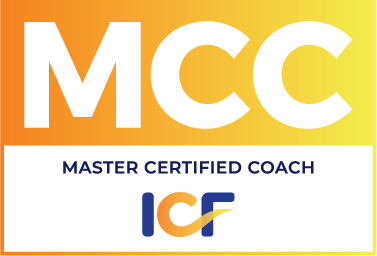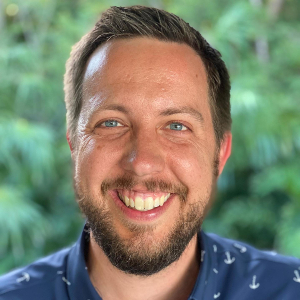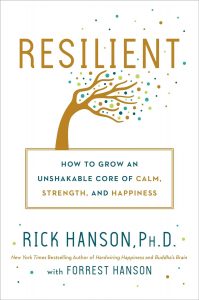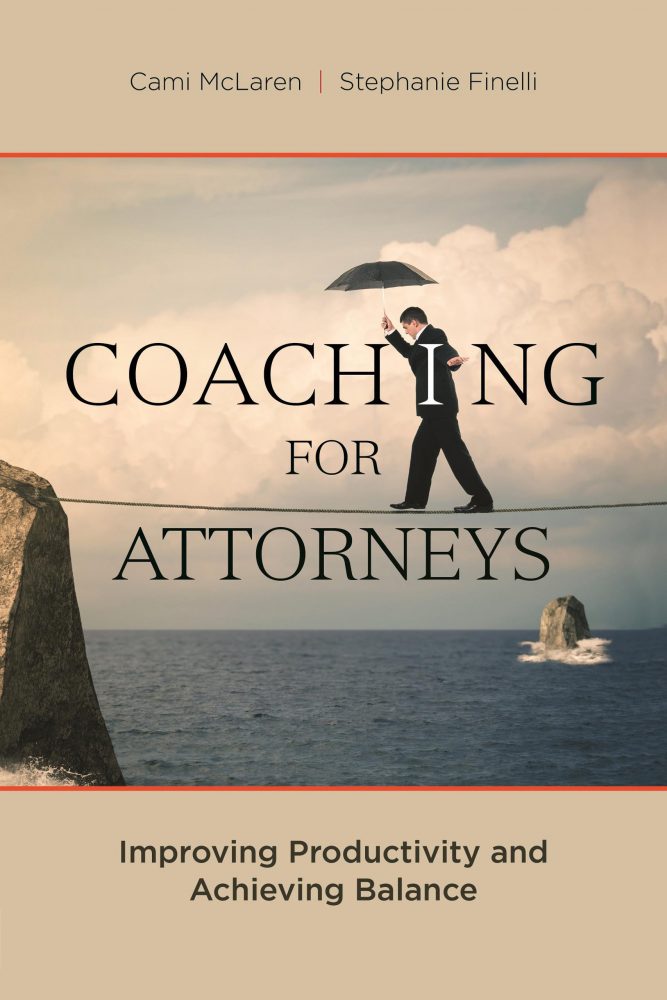Every year, the first week of January, you can’t find a parking spot at the gym. Every year by January 21,  parking is no longer an issue. People have dropped off, gone back to “normal.”
parking is no longer an issue. People have dropped off, gone back to “normal.”
It’s so exciting to want change and declare it. I am a big fan of positive change. But change is not always easy and “resolving” at the beginning of the year for an undetermined period of time is not going to set you up for success. I am fairly sure you know this already. There is a better way though.
Let’s go through the reasons that infamous New Year’s Resolution does not work. And let’s find a better way.
1. The Resolution is for an undetermined period of time. Most people set resolutions to stop something or to start something. And so the resolution is basically “forever.” As Prince said, “Forever is a mighty long time.” While this does work for a small percentage of people, most people experience this as a huge “chunk.” Because our brains process tasks in terms of chunk size, we need to “chunk down” to manageable pieces in order for our brains to get on board and commit to action.
 The better way: Declare to achieve an outcome by a specific date. Rather than, “I am going to start exercising,” declare, “I am going to lose five pounds by February 1.” One month is a smaller chunk than forever. It will feel more doable.
The better way: Declare to achieve an outcome by a specific date. Rather than, “I am going to start exercising,” declare, “I am going to lose five pounds by February 1.” One month is a smaller chunk than forever. It will feel more doable.
2. Resolutions declare a new process and not a new outcome. A “process” is a habitual behavior – exercising, eating healthy. An outcome is a result – lose five pounds. Both are important, but a process again, feels like forever, especially if you have not been doing it before today. Yes, you want it to be a habit that continues, but that is a lot for your brain to take on. It is more effective to take it on in a way that your brain feels good about.
The better way: Declare to achieve an outcome by a specific date. If you declare to lose a certain amount of weight by February 1, you will probably start exercising. Then on February 1, you can assess your progress and set a new goal that will keep you exercising. Having that February date set will also keep you from dropping off because you will have a specific time set to check in with yourself. If you want to exercise, but weight is not the issue, you might sign up for a marathon that you need to train for. If the marathon is February 1, then again, you have an outcome to work towards. On February 1, declare again. It is much more effective in starting and maintaining new habits to set a goal for February 1 and then set another goal on February 1 for say, March 15, and then set another goal at that time. Keep raising the bar on yourself, and keep your timeframes short. It will also create some accountability.
3. And speaking of accountability, often New Year’s resolutions are not made to another person; or they are made to someone else but without any real accountability.
The better way: Declare. I mean, declare. Tell anyone and everyone who will listen. “I am losing 5 pounds by February 1. Wanna exercise with me? Wanna talk about healthy ways to eat? Can I check in with you every weekend and tell you how I’m doing? Have any other ideas?” When you start to tell people, and  the more people you tell, the more you put yourself out there to create what you are declaring.
the more people you tell, the more you put yourself out there to create what you are declaring.
There you go. Declare!
______________
And of course, if you would like to intentionally create your 2018, join us in January! All the above and more.
Beyond Goal-Setting: Make 2018 the Best Year of Your Career
If you do not know what you want, you are unlikely to get what you want.
In January, McLaren Coaching is bringing you a workshop that will help you decide what you want from 2018.
Success is the result of committed action.
In this workshop, you will clearly determine what you want from 2018 and you will learn what it takes to get what you want.
When you truly commit to a “goal,” it becomes a “result” by the end of the year.
This is the difference between a “New Year’s Resolution” and a “declaration,” “decision” or “outcome.”
It is the difference between a hope and an intention.
It is the difference between just wanting something and actively committing to it.
You will leave this workshop with:
· Clearly-articulated outcomes for your coming year
· A practical plan to obtain your outcomes
· A system to stay committed to your outcomes
· A tool for creating future outcomes
https://www.eventbrite.com/o/mclaren-coaching-3074191754?s=80605785
January 16 (Tuesday)
9am — 12pm
OR
January 27 (Saturday)
9am — 12pm
Check-in starts at 8:30am
Held at Sierra 2 in Curtis Park, Sacramento
$149/person
$140/person for 2 or more from same company
From a former attendee:
“Turning wishes, desires or goals into outcomes is not as hard as you might think once you take committed action toward your goal. Sitting down and writing down my actual outcome for the coming year has been so valuable. Putting pen to paper and outlining the steps I need to take to achieve my outcome makes the outcome seem more achievable. I highly recommend working with Cami on setting outcomes for yourself. The experience is invaluable.”
Jennifer Duggan
Duggan Law Corporation







